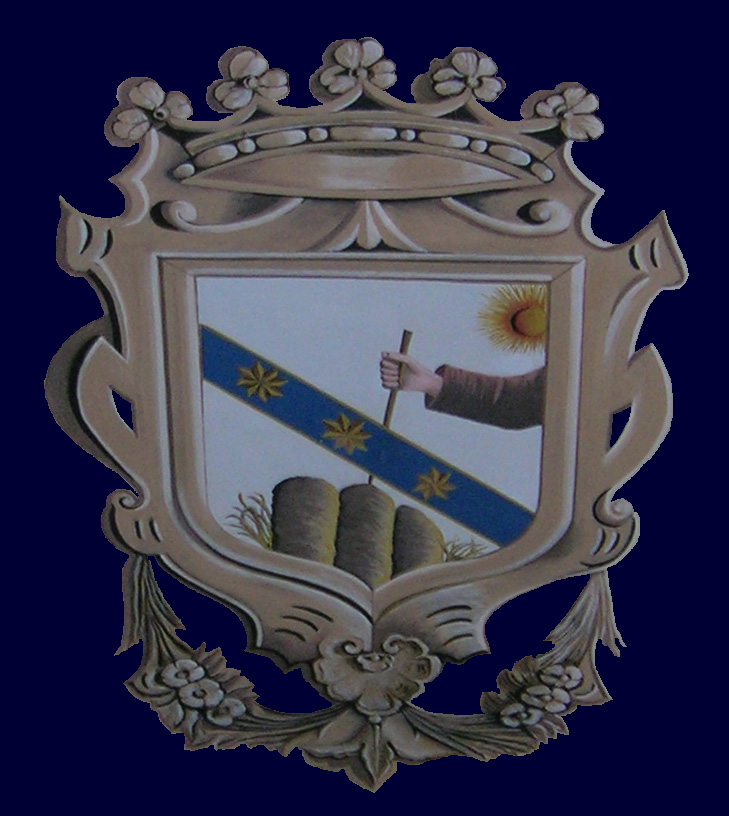
Palazzo Verga
Menu
- Welcome
- Palazzo Verga
History
- Cappella Verga
- Archive Verga
- Hospitality
- Culinary Art
- Tastes & Local products
- Events & Culture
- Surroundings & Itineraries
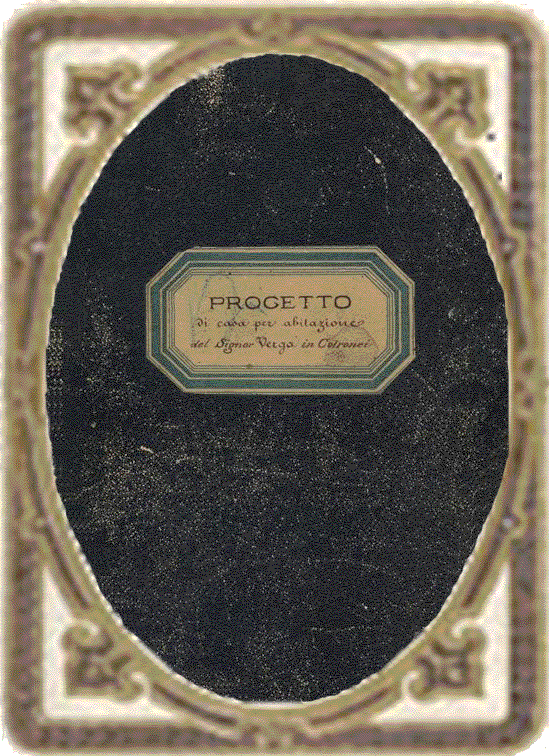 In
the beginning of the 1800's the so called land propriety "Filomarino" was
acquired by the family Verga. They charged Nicola Verga, a priest
exiled in France, to commission a project for the construction of a
palazzo. 1804 an architect of Nice designs the project, which Don
Nicola brings to Italy in 1808. Based on this project the works of
the new construction were started, but after a period they were suspended.
In
the beginning of the 1800's the so called land propriety "Filomarino" was
acquired by the family Verga. They charged Nicola Verga, a priest
exiled in France, to commission a project for the construction of a
palazzo. 1804 an architect of Nice designs the project, which Don
Nicola brings to Italy in 1808. Based on this project the works of
the new construction were started, but after a period they were suspended. It is only in 1862 when Giacinto Verga decides to go on with the construction of the family's palazzo. In 1881, during another interruption of the works, a new project is realised by the Ing. Rocchi of Catanzaro. This project is still conserved in the historic archive of the family Verga, which is to be considered a precious testimony of documents related to the history of the "Marchesato Crotonese". This time the works went on until 1887. The same year the erection of the family's chapel "Cappella Verga" was concluded as well.
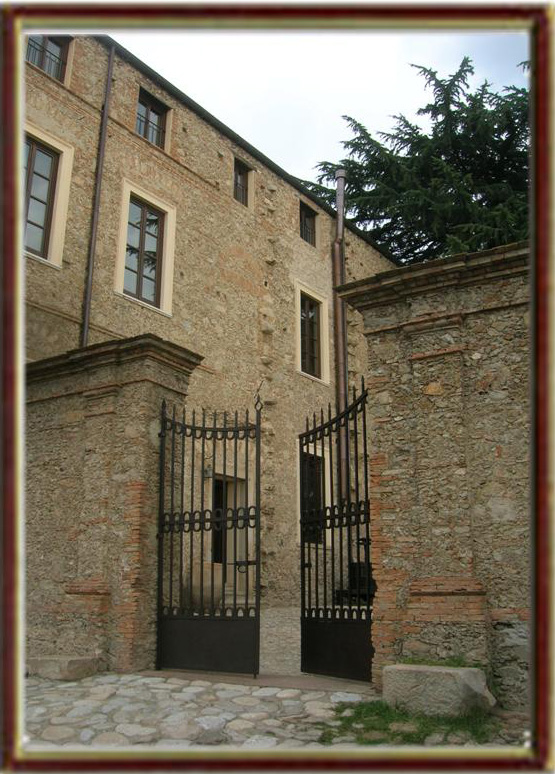 "Palazzo
Verga" today represents the result of all those years of
construction: only a few more interior modifications - applying the
characteristic "Liberty Style" of the period - were made in the
beginning of the last century.
"Palazzo
Verga" today represents the result of all those years of
construction: only a few more interior modifications - applying the
characteristic "Liberty Style" of the period - were made in the
beginning of the last century. The palazzo and its additions represent a significant witness of the architecture emblematic of the buildings realised in the areas nearby the Sila (region of the mountains) in the end of the nineteenth century. The construction thus manifests a semi-urban typology. The fact that in the past the complex was situated at the limits of the ancient centre facing the countryside, while it was still well integrated into the village's context reveals the important relation to the places of primary production, resources and discussion.
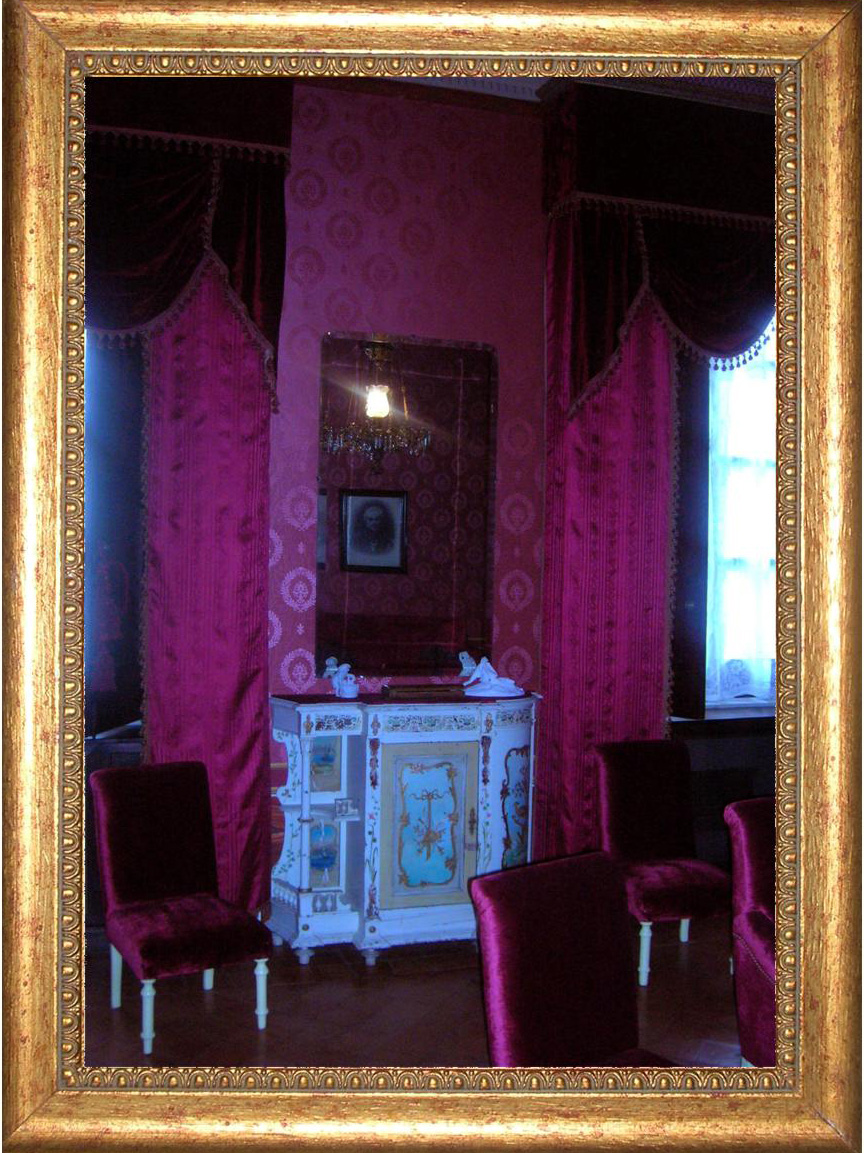 "Palazzo
Verga" is to be considered a museum in itself:
The edifice, together with the furniture and the décor maintained
within
it, witnesses and documents in every single facet, the reality of a
culture related to the typical semi-urban character of a social
surrounding in Southern Italy around the nineteenth century. The
entire estate, the elements of culture and the accoutrements of
everyday life remind us of the day of the wealthy family who inhabited the
palazzo back in the time of its initial splendour; a family whose
members over the years
served in significant public positions, carrying out decisive
tasks and taking part in important decisions for the local
population as well as for the future of the entire territory.
"Palazzo
Verga" is to be considered a museum in itself:
The edifice, together with the furniture and the décor maintained
within
it, witnesses and documents in every single facet, the reality of a
culture related to the typical semi-urban character of a social
surrounding in Southern Italy around the nineteenth century. The
entire estate, the elements of culture and the accoutrements of
everyday life remind us of the day of the wealthy family who inhabited the
palazzo back in the time of its initial splendour; a family whose
members over the years
served in significant public positions, carrying out decisive
tasks and taking part in important decisions for the local
population as well as for the future of the entire territory.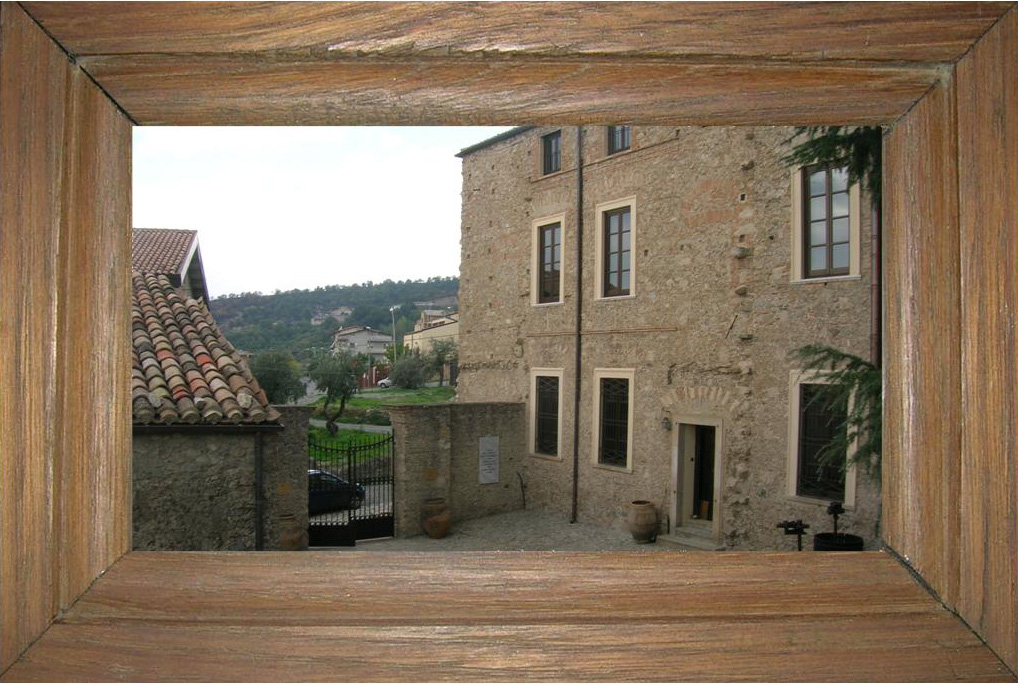 The
last family members to inhabit the palazzo were Cavaliere Giulio
Verga and his wife, Baronessa Teresa Bevilacqua, with their
children Maria, Ester, Vittoria, Patrizia, Giacinto and Saveria.
Saveria left the "Palazzo Verga" and the "Cappella Verga", both of
which came to be considered cultural heritage, to the current
owners: direct descendants of the family Verga.
The
last family members to inhabit the palazzo were Cavaliere Giulio
Verga and his wife, Baronessa Teresa Bevilacqua, with their
children Maria, Ester, Vittoria, Patrizia, Giacinto and Saveria.
Saveria left the "Palazzo Verga" and the "Cappella Verga", both of
which came to be considered cultural heritage, to the current
owners: direct descendants of the family Verga.
"Palazzo Verga", after a delicate restoration by the owners, today,
is giving a warm welcome to its guests offering a charm and a
splendour related to other times.




Information
Corso Vittorio Emanuele II - 88836 Cotronei (Kr) - Italy
Phone: +39/0962/491343 - Mobile: +39/ 338/ 6326520
E-Mail: info@palazzoverga.it - Website: www.palazzoverga.it

